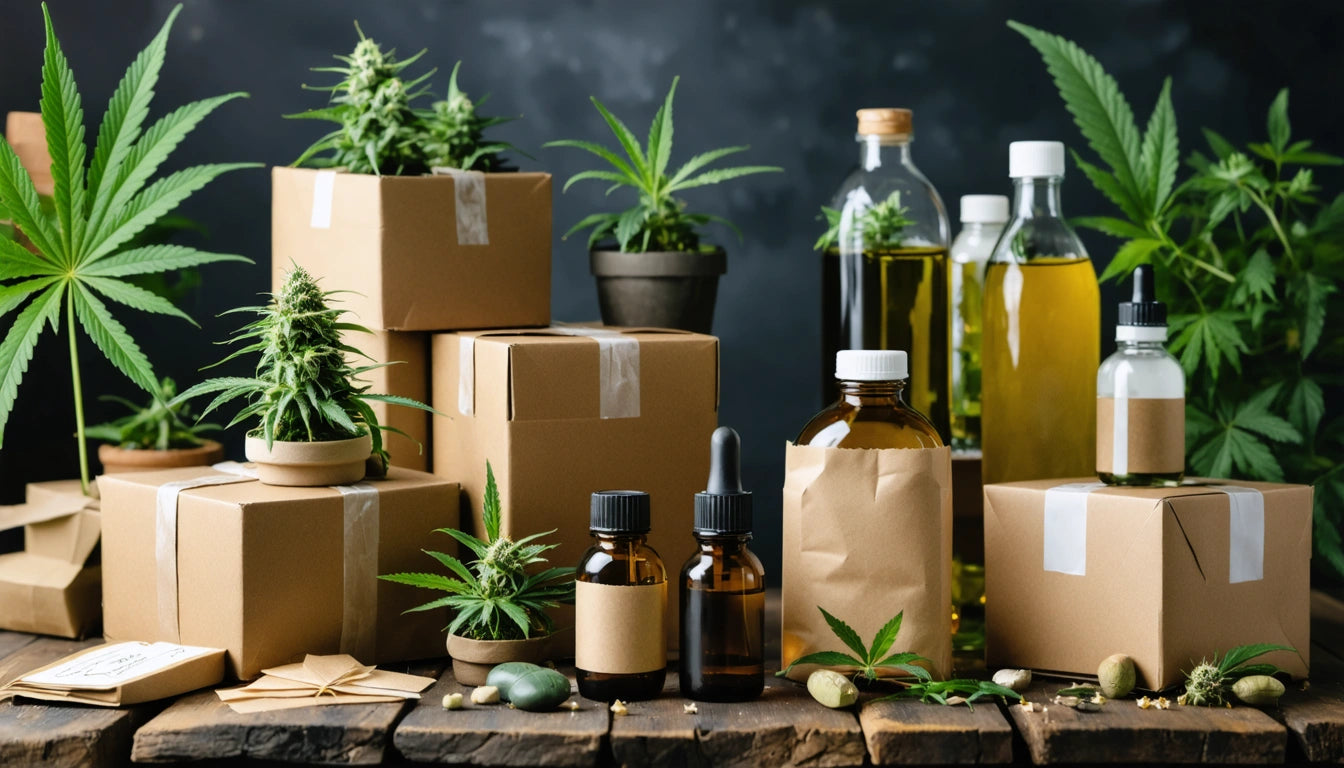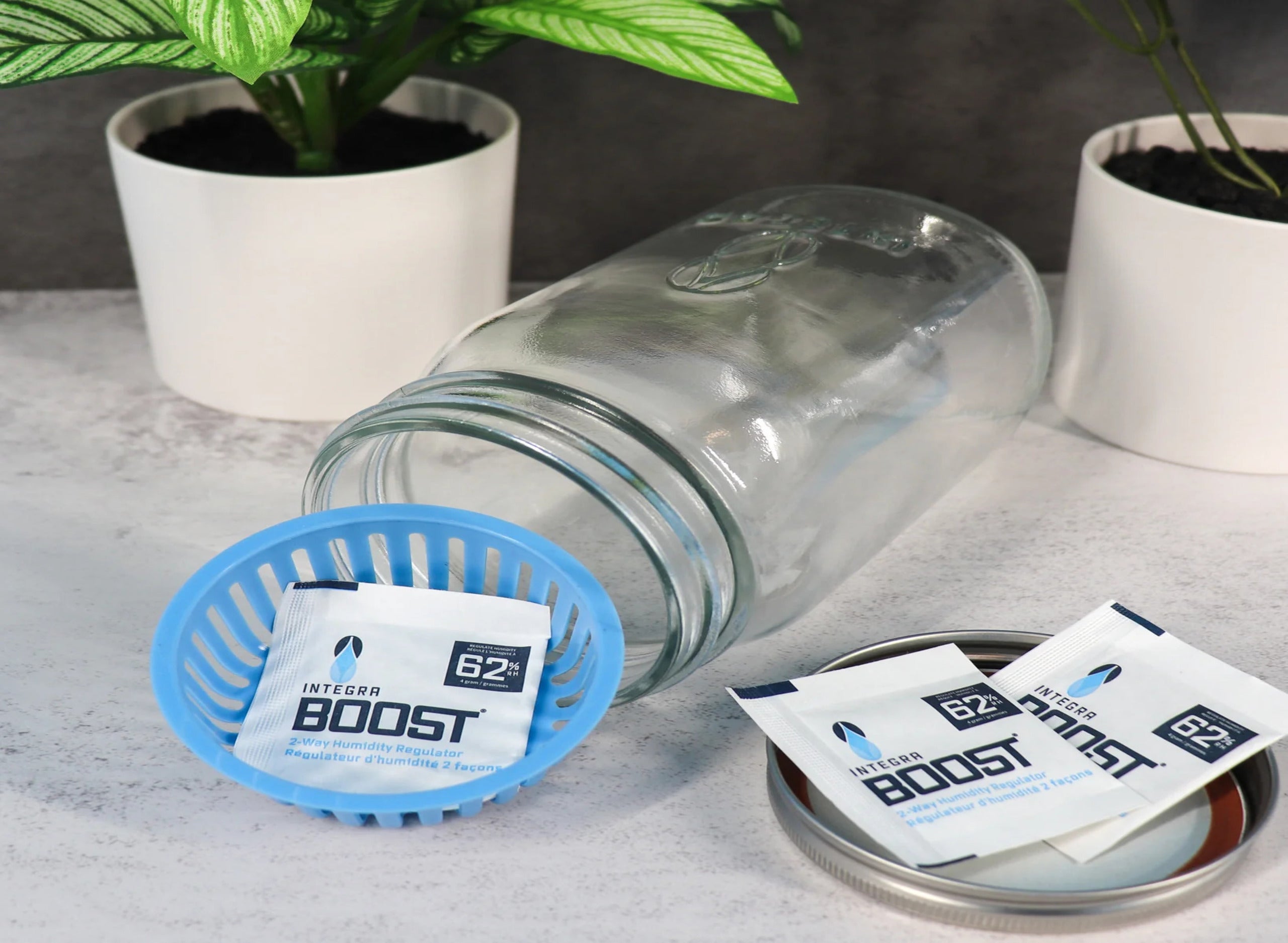Table of Contents
- Fundamental Differences Between D2C and Wholesale Cannabis Packaging
- Inventory Management Strategies for Different Distribution Channels
- Compliance Considerations Across Channels
- Packaging Efficiency and Workflow Optimization
- Cost Structure and Economies of Scale
- Future Strategies for Omnichannel Cannabis Packaging
Cannabis brands operating across multiple distribution channels face unique operational challenges when it comes to packaging. Direct-to-consumer (D2C) and wholesale channels require different approaches to inventory management, compliance, efficiency, and cost control. Understanding these distinctions helps cannabis operators optimize their packaging operations for each channel while maintaining brand consistency.
Fundamental Differences Between D2C and Wholesale Cannabis Packaging
D2C packaging prioritizes consumer experience and brand storytelling, often featuring premium finishes, inserts, and unboxing elements. Wholesale packaging, conversely, focuses on efficiency, shelf presence, and retailer requirements. These fundamental differences impact everything from material selection to operational workflow.
For D2C channels, brands typically invest in custom packaging that creates memorable unboxing experiences. Wholesale packaging must balance visual appeal with practical considerations like stackability and compatibility with retail display systems. According to industry comparisons, these distinctions require different inventory management approaches.
Inventory Management Strategies for Different Distribution Channels
D2C Inventory Considerations
D2C operations typically manage smaller batches with higher variability in order volume. This requires flexible inventory systems that can accommodate fluctuating demand. Many D2C brands implement just-in-time inventory models to reduce storage costs while maintaining sufficient stock for customer orders.
Storage conditions are particularly important for D2C packaging materials, which often include specialty finishes or adhesives that can degrade under improper conditions. Implementing proper storage protocols prevents damage and ensures consistent quality for customer-facing materials.
Wholesale Inventory Management
Wholesale operations typically require larger inventory volumes with more predictable order cycles. Bulk purchasing becomes economically advantageous, but creates challenges in warehouse space utilization. When sourcing components like wholesale jar caps and child-resistant closures, maintaining sufficient stock levels prevents production bottlenecks while balancing carrying costs.
For multi-product operations, managing inventory across product lines requires sophisticated tracking systems. Many wholesale-focused brands implement barcode or RFID systems to monitor component usage and trigger reorders automatically.
Compliance Considerations Across Channels
Compliance requirements affect both channels but present different operational challenges. D2C operations must ensure each individual package meets regulations for the specific delivery jurisdiction. Wholesale operations must comply with regulations in multiple retail locations, often requiring versatile labeling solutions.
Standardizing workflows through comprehensive SOPs helps maintain compliance across channels. These procedures should include checkpoints for regulatory requirements like child-resistance, warning statements, and product information.
Packaging Efficiency and Workflow Optimization
D2C Fulfillment Workflows
D2C fulfillment typically involves more customization per order, including personalization elements, promotional materials, or batch-specific inserts. This requires flexible workstations and cross-trained staff who can handle variable packaging requirements.
Many D2C brands partner with specialized fulfillment centers to manage seasonal fluctuations and scale operations without capital investment in equipment or facilities.
Wholesale Packaging Efficiency
Wholesale operations benefit from standardization and automation. Setting up efficient assembly lines reduces labor costs and increases throughput. Many wholesale operations implement automation technologies like conveyor systems, auto-labelers, or robotic case packers to improve efficiency.
- Standardized case counts and pallet configurations
- Batch processing instead of individual order fulfillment
- Streamlined quality control checkpoints
- Integration with warehouse management systems
Cost Structure and Economies of Scale
The cost structure for packaging differs significantly between channels. D2C operations typically have higher per-unit packaging costs but benefit from higher margins that can absorb these expenses. Wholesale operations achieve lower per-unit costs through volume purchasing but face tighter margins that require careful cost management.
Implementing per-SKU cost tracking helps identify opportunities for optimization in both channels. For wholesale operations, reducing material waste and optimizing component specifications can significantly impact profitability.
Multi-channel brands should consider scalable workflows that can accommodate both channels while maintaining operational efficiency. This might include modular packaging systems that share core components while allowing for channel-specific customization.
Future Strategies for Omnichannel Cannabis Packaging
Forward-thinking cannabis brands are developing integrated approaches that leverage the strengths of both channels. This includes implementing unified inventory systems that provide visibility across operations, designing packaging families that maintain brand consistency while meeting channel-specific requirements, and developing flexible production capabilities that can pivot between channels as market conditions change.
Building supply chain resilience becomes increasingly important for brands operating across multiple channels. Diversifying suppliers, maintaining strategic inventory reserves, and developing contingency plans for disruptions helps ensure consistent operations regardless of distribution channel.
By understanding the operational differences between D2C and wholesale packaging requirements, cannabis brands can develop strategies that optimize efficiency, compliance, and cost-effectiveness across their entire distribution network.











Leave a comment
All comments are moderated before being published.
This site is protected by hCaptcha and the hCaptcha Privacy Policy and Terms of Service apply.